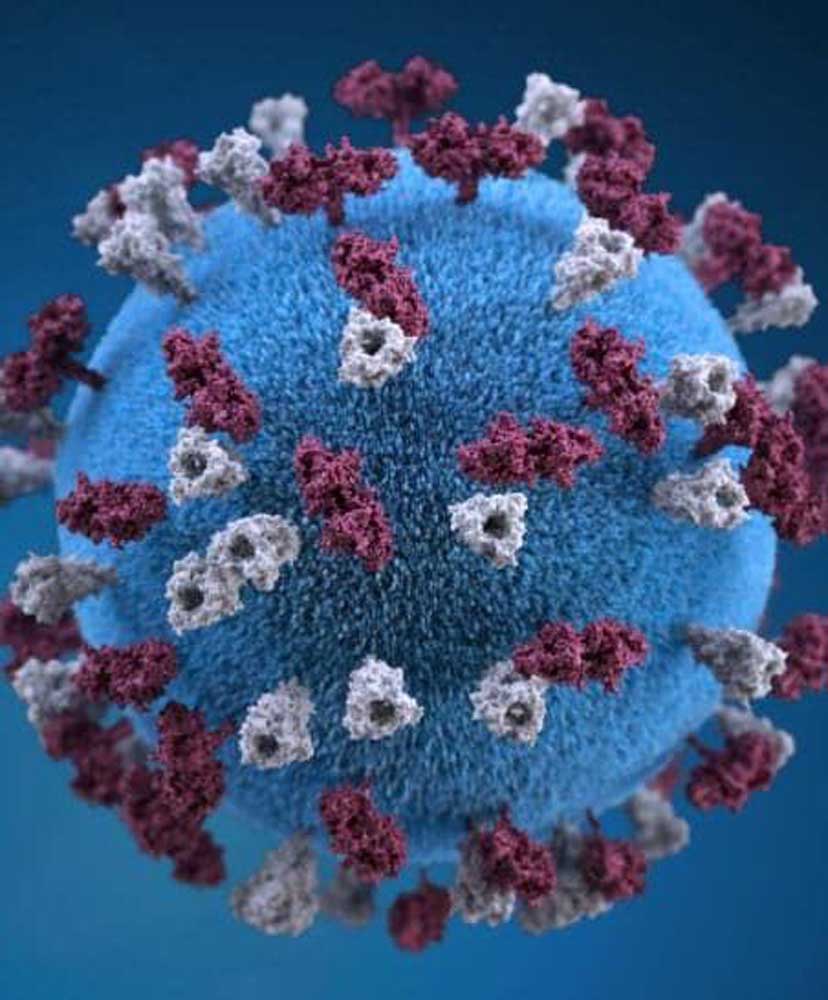In pursuit of the chiseled chin
Published 12:00 am Saturday, December 6, 2014

- New York Times News Service
When men in their 40s and 50s turn up in the doctor’s office pinching sagging skin on their necks and gesturing feebly toward the lower half of their faces, the plastic surgeon Scot Glasberg knows, even if they don’t, that what they really probably want is a jaw makeover.
“These men say things like, ‘I think I’ll do better at the office if my face looks more prominent,’” said Glasberg, who practices in New York City. Except for the one man who requested John Travolta’s dimple, his patients rarely suspect that the jaw is the problem — until Glasberg shows them before-and-after photos of chin implants.
“You see the light bulb go off,” he said.
According to the American Society of Plastic Surgeons, of which Glasberg is the president, chin augmentation for men was up 7 percent from 2000 to 2013. But jaw makeovers now include minimally invasive procedures such as ultrasound therapy and fillers, all of which hold huge appeal for those who are super wary of looking as if they have had work done.
“As soon as you look operated on, like — who’s that Kardashian guy? — Bruce Jenner, you lose masculinity,” said Douglas Steinbrech, a plastic surgeon in New York City who says that half his patients are men.
Dermatologist Terrence Keaney, who founded a men’s-focused cosmetic practice in Washington, said, “I get a lot of men coming in now for these treatments saying, ‘It always bothered me, but I didn’t want to do surgery.’”
Statistics for stitch-free procedures don’t specify which part of the face they are used on. Anecdotally, though, doctors say that as options for jaw sculpting have increased, so has the demand — along with the rush for late Friday afternoon appointments, men’s preferred time, so there’s no explaining to do at the office.
Steinbrech said that, among his male patients, jawline procedures are now second in popularity to liposuction. He credits this in part to superhero films and the crop of granite-jawed actors (he named Chris Pratt of “Guardians of the Galaxy” specifically) who play them.
When people see a chiseled chin, Steinbrech noted, “they automatically assume that underneath that suit you have a Superman outfit on.”
A strong jaw also is a hallmark of chief executives, at least according to research done by Darrick Antell, a plastic surgeon in New York City who presented his findings to a world congress on cosmetic surgery in 2007. When he studied photos of the chief executives (women included) from the Top 50 Fortune 500 companies, he concluded that 90 percent had nonreceding to prominent chins, a trait found in less than half of the U.S. population.
Worries over weakening jaw lines, thanks to the bone reabsorption that’s part of the aging process, apparently keep men up at night: New York City dermatologist Paul Jarrod Frank says that the bulk of traffic to the related parts of his website comes between midnight and 2 a.m.
“It’s about competition at work,” Frank said. “They feel like they’re getting aged out.”
To get a sharp jaw without surgery, possibilities include tightening skin on the neck through ultrasound, which makes the chin more prominent, and using fillers such as Juvederm to widen the jawline or add projection to the chin.
Most such noninvasive procedures take an hour or less, including numbing time. (Minimally invasive does not necessarily mean minimally painful, though filler companies now put the anesthetic lidocaine in their products, which helps.) The cost for fillers stars at about $800 per syringe, with most men requiring three to five.
Results from fillers are immediate, though men have a higher risk of bruising because they have more blood vessels than women in the lower face. Treatment also needs to be repeated yearly, sometimes sooner, since the filler — often made from hyaluronic acid, which occurs naturally in connective tissues — is absorbed by the body over time.
Men who choose treatments such as Ultherapy, which uses heat through ultrasound, may not see a difference until three to six months later. That’s how long it takes for the skin to tighten in response to the (deliberate) thermal injury.
Still, because men have thicker skin, noninvasive solutions are often not as effective as they are for women. For that reason Frank developed, and three months ago trademarked, a more aggressive procedure that he calls UltraTight. Instead of using ultrasound on the skin’s surface, he treats the skin and the fat through two pencil-eraser-shaped holes that he makes under the chin. The holes don’t require stitches.
To melt fat, Frank uses an ultrasonic wand. Then he essentially irons the skin from the inside, delivering heat to regenerate collagen. Patients need to wear a chin bandage for 24 hours — “almost like what people used to wear when they had their wisdom teeth pulled,” he said — so that the skin heals close to the muscle wall. (When skin separates from the muscle, that’s a jowl.) Swelling is roughly in line with that of dental surgery, Frank said, and results appear when it subsides. The cost of the procedure: $5,000.
Elie Mamie, who runs his own business, said that he had always been self-conscious about the pocket of fat underneath his chin. He didn’t want an invasive procedure, so he camouflaged with facial hair. But last month he had the UltraTight done, in part because he thought it would make his constant face-to-face meetings easier.
“Now I’m more chiseled, and I’m more defined,” said Mamie, who is in his 40s. “I look like an improved version of myself.”








